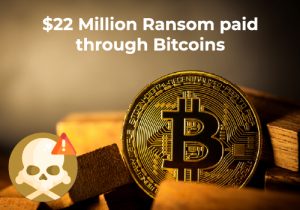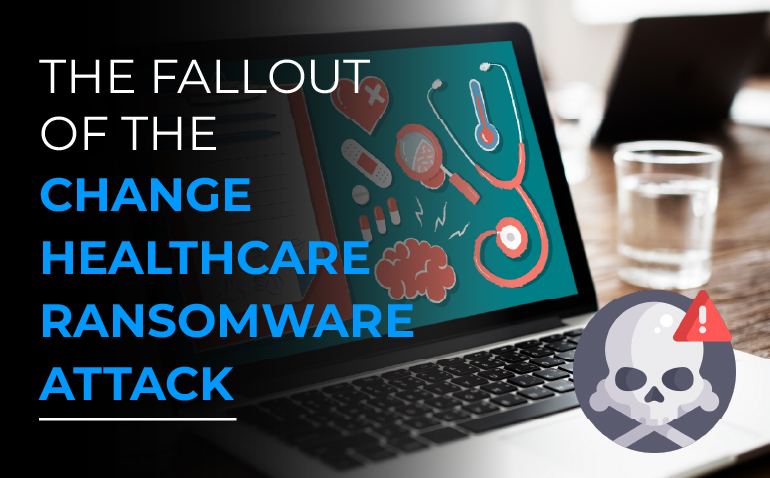In the realm of cybercrime, the recent ransomware assault on Change Healthcare, a subsidiary of UnitedHealth Group, has reverberated throughout the healthcare industry, laying bare vulnerabilities that could have profound and widespread repercussions. As more information surfaces, it becomes increasingly clear that the aftermath of this attack extends beyond mere technical disruptions, plunging into the murky realm of ransom payments, criminal disputes, and lapses in cybersecurity.
Executed by the notorious Blackcat ransomware gang, also known as AlphV, the attack unfolded with devastating precision. Pharmacies nationwide found themselves paralyzed, unable to process prescriptions and leaving patients adrift in a sea of uncertainty. As the disruption persists, now entering its tenth day, it underscores the pivotal role that digital infrastructure plays in healthcare delivery and the severe consequences of its compromise.
What sets this attack apart is the disclosure of a $22 million ransom payment to the AlphV hackers, evidenced by a transaction on Bitcoin’s blockchain. This substantial sum not only underscores the profitability of ransomware attacks but also establishes a perilous precedent for future extortion attempts, particularly within the healthcare sector. The decision to acquiesce to such a hefty ransom underscores the immense pressure faced by organizations grappling with the aftermath of cyberattacks, as they weigh financial losses against the imperative to swiftly restore operations.
However, the saga took an unexpected twist when an AlphV affiliate alleged that the group had violated their agreement to share the ransom proceeds, sparking discord within the criminal underworld. This revelation sheds light on the volatile dynamics within cybercriminal networks and underscores the inherent risks associated with engaging with such entities. Furthermore, it raises concerns about the potential exposure of sensitive medical data held by affiliated hackers, adding another layer of complexity to an already tense situation.
In response to the attack, the U.S. Department of Health and Human Services (HHS) has taken proactive measures to mitigate its impact on healthcare providers, emphasizing the importance of coordinated efforts to ensure continuity of care. CMS, a division of HHS, has issued guidance aimed at aiding affected providers, including flexibility in claims processing and urging payers to expedite solutions. These actions reflect the urgency with which authorities are addressing the crisis and underscore the interconnectedness of the healthcare ecosystem.
Nevertheless, the incident serves as a stark reminder of the urgent need to bolster cybersecurity resilience within the healthcare sector. Despite previous law enforcement actions targeting ransomware groups like Blackcat, the threat persists, highlighting the adaptability and persistence of cybercriminals. As experts caution, digital disruptions alone cannot eradicate the ransomware threat, necessitating a multifaceted approach that prioritizes prevention, detection, and response.
As the dust settles on the Change Healthcare ransomware attack, it leaves in its wake a trail of disruption, payment, and cybersecurity concerns. The ramifications of this incident will extend far beyond the boundaries of the healthcare industry, serving as a sobering reminder of the evolving nature of cyber threats and the imperative for collective action to confront them effectively. Only through concerted efforts to strengthen defenses and foster collaboration can we hope to safeguard the integrity of our digital infrastructure and protect the well-being of patients and providers alike.


